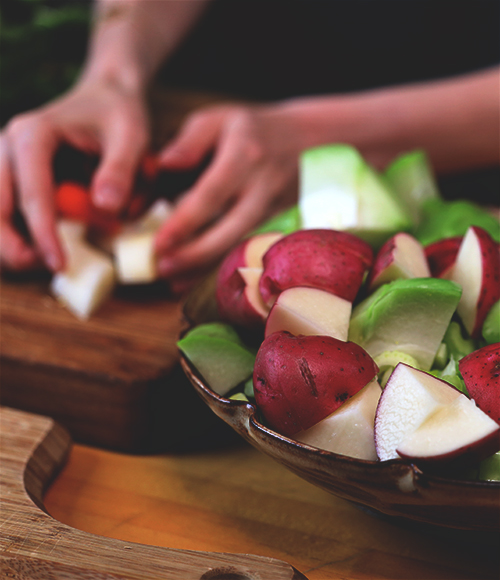10 Simple Environment Modifications To Aid Food Refusal

If your child is refusing solids, there are some simple modifications you can make to your environment that may surprise you!
More often than you’d expect, I have a child come in for an initial feeding evaluation and the child takes bites of foods they previously never have eaten before. This happens in clinic and home settings. Yes, feeding strategies are being implemented, but there are some easy environmental changes you could try at home that may make your child more open to trying foods.
A tip is to create a comfortable and calm vibe that would encourage your child to explore and enjoy their meal, similar to a relaxed “dinner party” vibe.
Once you choose some new strategies to implement, be consistent with trying them for a couple weeks before trying a new strategy. The new strategies may take a few trials before seeing any results.
Environmental Modification Suggestions:
- Serve the food calmly in a non-stressed manner or find a new caregiver who could serve in this way
- Turn off distractions: such as a TV in the same/next room, toys within the child’s line of vision, and/or any pets from the dining area
- Turn on joyful, soft music
- Dim the lighting by pulling the blinds or using a dimmer
- Change the child’s place setting, dish, utensils, and/or cup
- Face the child’s chair at a different seat at the table and facing away from any visually cluttered spaces
- Bring a fun visual to keep the child happy, such as blowing bubbles or a puppet or stuffed animal who pretends to eat the meal with you
- Eat outdoors at a patio table or on a picnic blanket
- Eat indoors in a different area, such as in a fort, tent or on a blanket
- Eat with your child within their eye level
Let us know how any of these strategies made a meaningful impact at your table or if there are any helpful changes you have made that we should add to the list!





















Leave a Reply